MVHS crossword creator puzzles over puzzles
|
Published: 04-10-2024 4:54 PM
Modified: 04-10-2024 5:11 PM |
Do you know a six-letter word that’s key to the “butterfly effect”? What’s the loneliest number? How do you express excitement in Japanese?
If you answered those easily, Natalie DeGreenia has a puzzle for you.
The Merrimack Valley High School senior has been learning to create crossword puzzles for her senior project. Finding 60 to 70 words that can mesh with each other to fill up the symmetric zigzag of a puzzle grid is hard, she says, but it’s not the part that has her seeking help from friends and family.
“My biggest struggle – what I really want opinions from other people for – is the clues. They might make sense to me but not to other people. I need to know: If I say this to you, would you know what I was talking about?” said DeGreenia. “You want to show your personality. … I like it when writers are able to add humor in.”
Complicating the process but also making it more fun is the fact that clues can cross all topics, from history to pop culture to science to foreign languages to sports to just about anything you can think of. That definitely slows DeGreenia down.
“I’ll come across something that might work and then find myself doing an hour-long research on the state bird of Kansas because I knew nothing about it,” she said. (It’s the western meadowlark, incidentally.)
DeGreenia is not one of those crossword fanatics who does the big Sunday puzzles in ink. She didn’t think about them much until, like a lot of people, she began looking at online puzzles when the pandemic made personal interaction harder. “The New York Times (website) has a mini crossword. My friends were doing that and I thought, this is kind of fun!” she said.
Crosswords have been fun for a long time: The first one (called Word-Cross) was published on the ‘Fun’ page of The New York World on Dec. 21 1913. The arrival of daily crosswords in the New York Times in 1942 established them as acceptable fun for even the snootiest of intellectuals in America, although they already held that position in Britain, where newspapers printed “cryptic crosswords” with clues made of puns, anagrams and codes that baffle the newcomer. More recently the online explosion of word puzzles like Wordle has cemented the idea that it’s acceptable, even admirable, to spend time fiddling with vocabulary in interesting ways.
Article continues after...
Yesterday's Most Read Articles
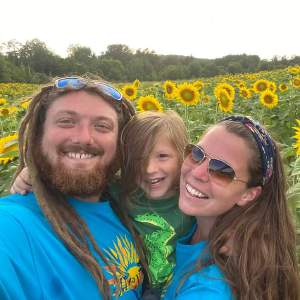 Hometown Heroes: Couple’s sunflower fields in Concord reconnects the community to farming
Hometown Heroes: Couple’s sunflower fields in Concord reconnects the community to farming
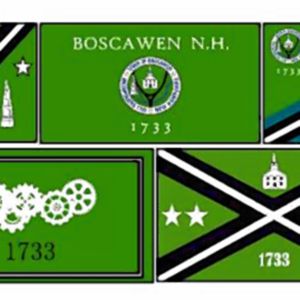 Boscawen resident takes issue with proposed town flag designs
Boscawen resident takes issue with proposed town flag designs
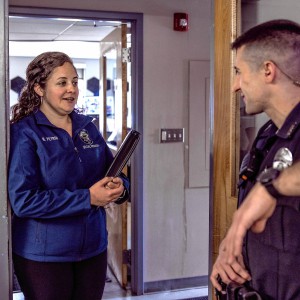 Skepticism turns to enthusiasm: Concord Police welcome new social worker
Skepticism turns to enthusiasm: Concord Police welcome new social worker
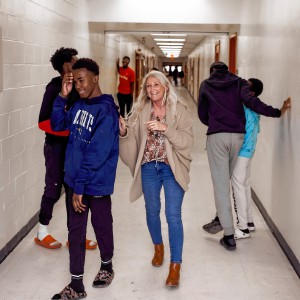 With new plan for multi-language learners, Concord School District shifts support for New American students
With new plan for multi-language learners, Concord School District shifts support for New American students
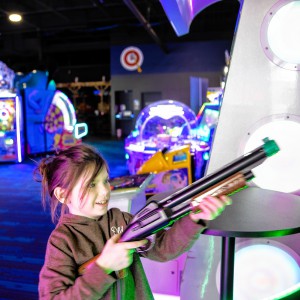 With Concord down to one movie theater, is there a future to cinema-going?
With Concord down to one movie theater, is there a future to cinema-going?
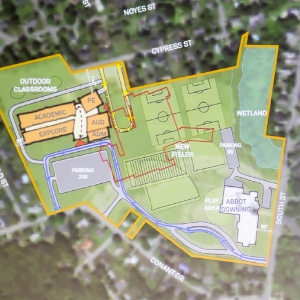 Opinion: The Concord School Board can restore trust with residents
Opinion: The Concord School Board can restore trust with residents
As the Monitor found recently, they might be fun but people take them seriously. The paper was besieged with comments from frustrated readers after Tribune Media, the folks we buy our puzzle from, changed editors on the daily puzzle. Even a subtle shift in layouts and types of clues proved to be a very big deal.
“It’s a preference thing. I do understand the point of view that simplicity can be kind of tedious,” DeGreenia said. “There’s a gray area where clues are simple but not too simple. It can be kind of difficult to figure out where that is.”
As DeGreenia explained it, the process of creating a crossword is straightforward if not easy. Just download a blank crossword form (the usual sizes are 21-by-21 and 15-by-15; she sticks with the smaller) then get cracking.
“I’ll start with a word, something that’s on my mind, usually a longer word, and fill that in. Then pick a second word. Start putting in the black squares. Work from there,” she said.
Because puzzles are symmetrical, the first half determines what the second half looks like. “Sometimes I have to rewrite the entire puzzle. That usually happens about halfway through – I find the second half easier … because I have the pattern already.”
If she gets stumped finding a word with a specific letter combination, the online world is there to help. “I’ll type it in a search bar – Google can come up with suggestions.”
DeGreenia will be going to the University of New England in Maine next year and plans to be a psychology major, which seems appropriate for a crossword writer. She would like to keep making puzzles and would like to figure out a way to get them regularly published. In the meantime, she’ll keep plugging away.
By the way, if you’re stumped by the start of this article, the answers are “caused,” “one” and “wao.” Be glad I didn’t ask “an action that occurred during REM cycle or a village in the Netherlands.”

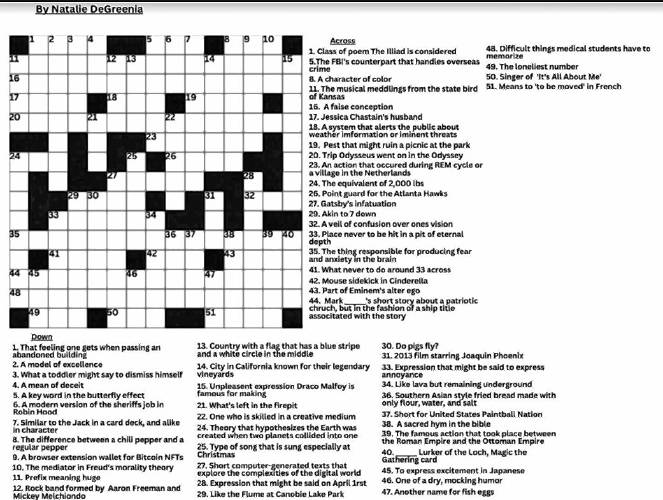
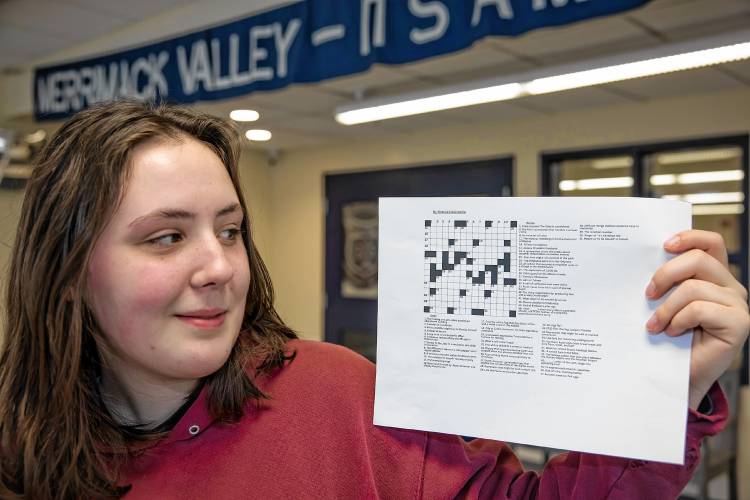
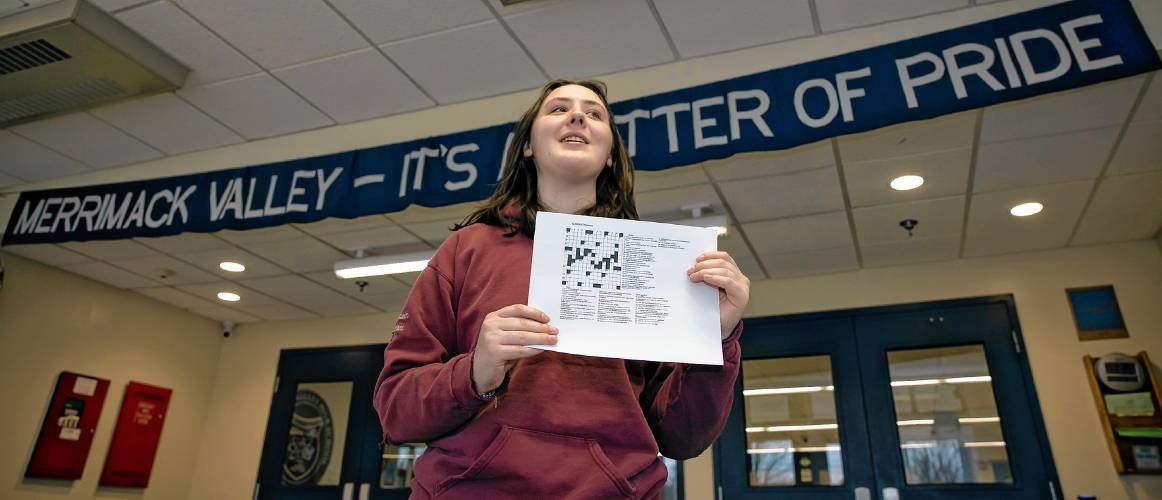
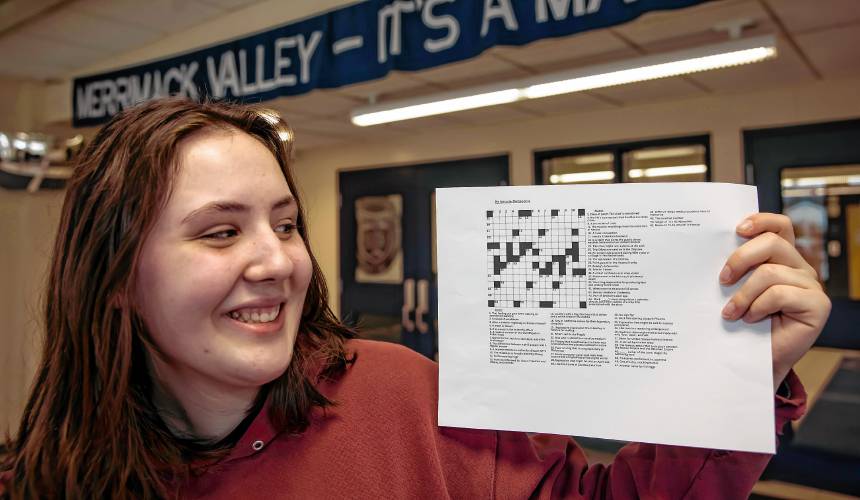
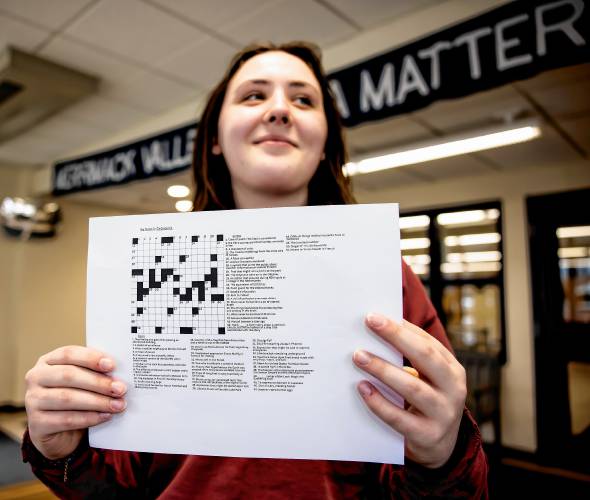
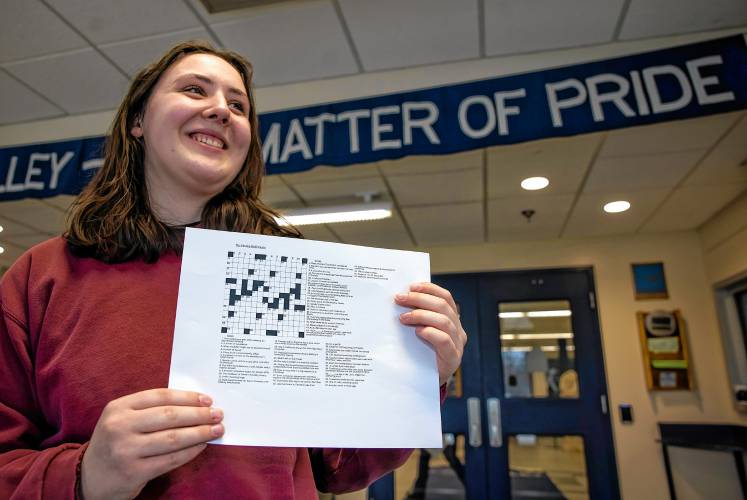
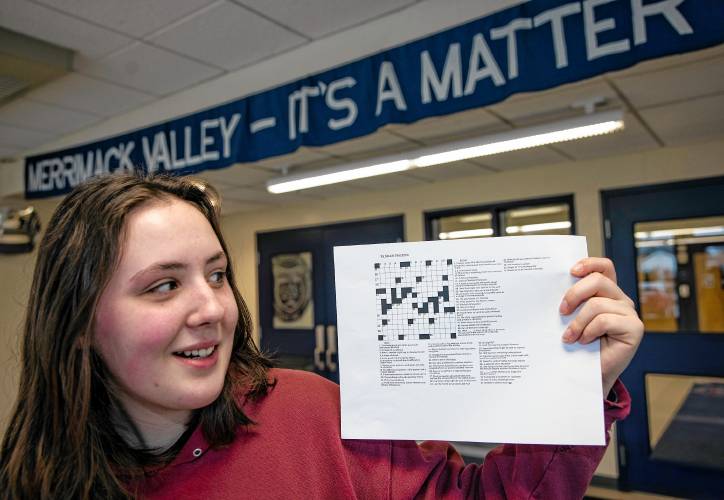

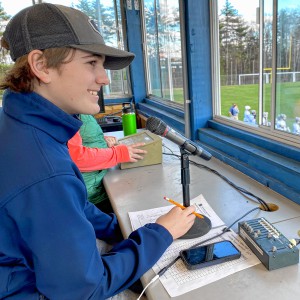 Voice of the Pride: Merrimack Valley sophomore Nick Gelinas never misses a game
Voice of the Pride: Merrimack Valley sophomore Nick Gelinas never misses a game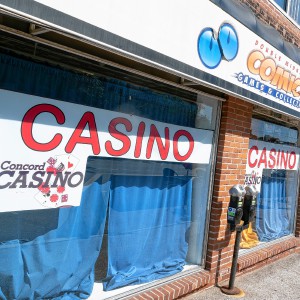 With less than three months left, Concord Casino hasn’t found a buyer
With less than three months left, Concord Casino hasn’t found a buyer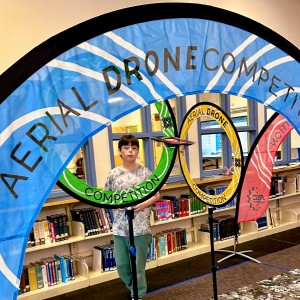 Kearsarge Middle School drone team headed to West Virginia competition
Kearsarge Middle School drone team headed to West Virginia competition Phenix Hall, Christ the King food pantry, rail trail on Concord planning board’s agenda
Phenix Hall, Christ the King food pantry, rail trail on Concord planning board’s agenda
